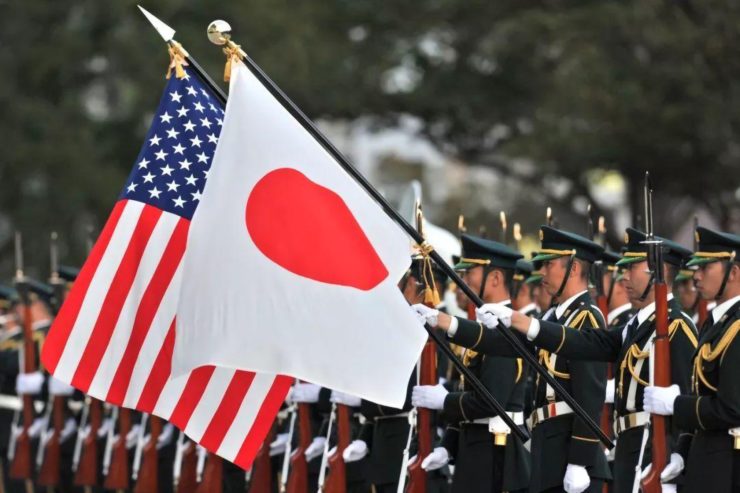
Japan sees itself as “Poland for Ukraine” in the event of escalation, and the United States is actively ramping up its production of the latest weapons.
A little more than a month is left until the presidential elections in Taiwan, scheduled for January 13, 2024. In the run-up to elections, the candidate from Taiwan’s ruling Democratic Progressive Party (DPP) is currently leading in the polls, leaving his contenders from the opposition Kuomintang and the Taiwan People’s Party (TPP) behind.
The lack of agreement between the two aforementioned largest opposition forces, which, despite the formation of the Blue-White Alliance, failed to provide a single list of candidates for the post of President and Vice President of Taiwan before the end of candidate registration on November 24, creates extra instability in the political space on the island. Most experts view this situation as a sign of the collapse of hopes for removing the DPP from power and stabilizing relations between Taipei and Beijing. With the understanding that the current Cabinet members have repeatedly made harsh statements about mainland China.
Against this background, military activity in the region trends upward. The consistent strengthening of the US military presence, coupled with the militarization of Southeast Asia, increases the potential for conflict. Thus, the Philippines and Australia began their joint naval patrols in the South China Sea on November 25. Along with the Spratly archipelago, which is the subject of a territorial dispute between five states (China, Vietnam, Philippines, Brunei, Malaysia), Taiwan is also the focus of their attention.
Moreover, the large-scale Yamazakura (Mountain Sakura) command and staff exercises of Japan and the United States, which will be attended by the Australian military for the first time, will start in the next few days. These maneuvers have been held for the 82nd time since 1982 to drill joint actions simulating the defense of the Japanese islands in view of China’s growing activity. The drills simulate a situation where Japan is attacked and US and Australian troops are sent to assist and work with the Japanese Self-Defense Forces (SDF) to repel the invasion. It is planned that the Australian military will operate under the overall command of the Americans. “Participants in the maneuvers will demonstrate the close ties between Japan, the United States and Australia and contribute to the stability of a free and open Indo-Pacific region,” Japanese Army Commander Ryoji Takemoto said at the exercise opening ceremony.
However, less optimistic statements are also being made within the Japanese military. Thus, former SDF general Koichiro Bansho told Nikkei Asia that if a conflict arises in Taiwan, Japan will play a similar role as that of Poland in the current conflict in Ukraine, including refugee resettlement. Bansho predicts that in the event of a crisis situation, the Japanese authorities need to prepare themselves to accommodate about 100 thousand Taiwanese refugees on their territory. “Japan is the only country that could be the international community’s gateway for defense supplies to the island,” said the retired Japanese general.
Meanwhile, the Pentagon has focused seriously on increasing the pace of production of the latest weapons by the US military-industrial complex in order to keep up with China and be able to meet Washington’s needs in the event of a large-scale conflict (apparently around Taiwan). Politico published excerpts from the draft US National Defense Industry Strategy in early December, which is expected to be published in full in the coming months. As follows from the document, the US military-industrial complex is struggling to achieve the speed and compliance required to maintain a leading position in the high-tech arms race with China and other rivals. The Pentagon believes the US defense industry currently lacks the capability, capacity, responsiveness and resilience required to produce quickly and at scale. This discrepancy is assessed to pose an increasing strategic risk as the United States faces challenges in supporting active combat operations while containing the massive threat looming in the Indo-Pacific region.
Fernando Gallardo, political commentator, exclusively for the internet journal “New Eastern Outlook”